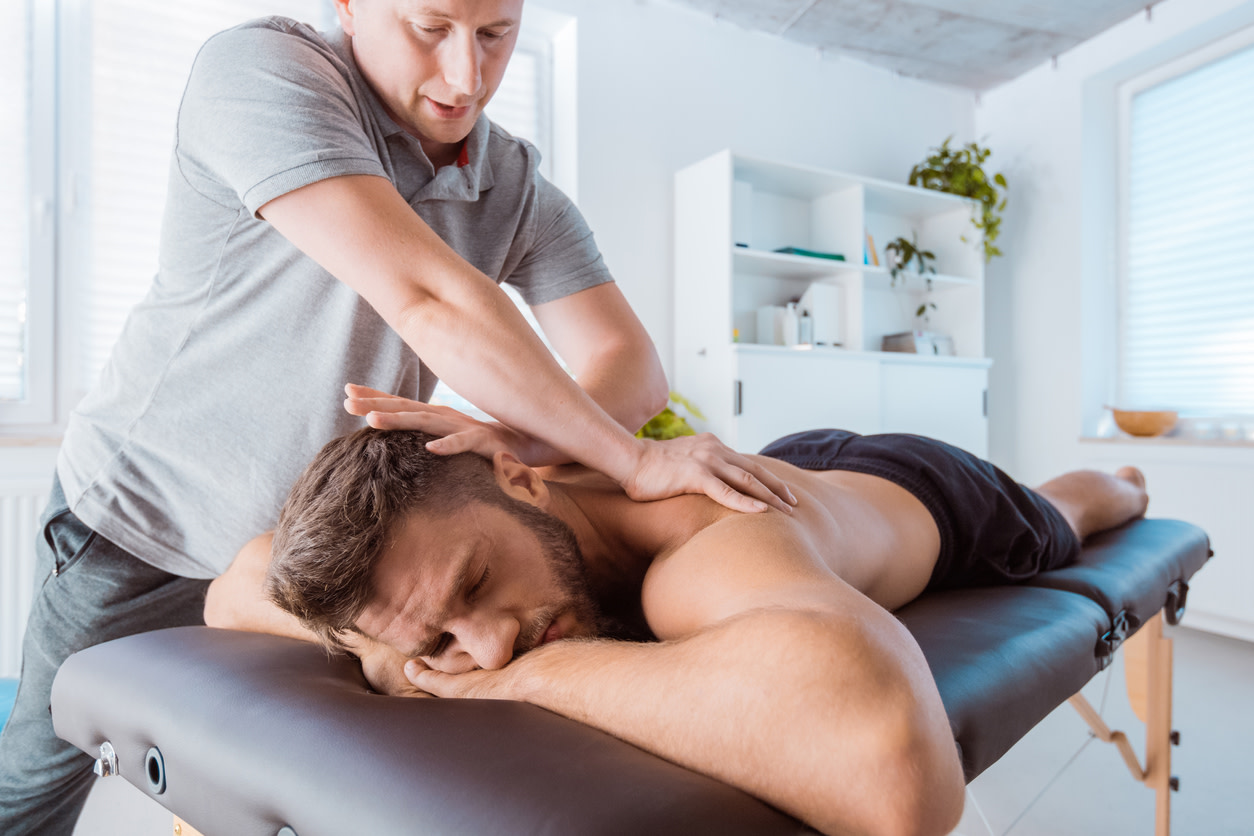

Whether you’re a seasoned CrossFitter, a weekend warrior, or someone building a consistent fitness routine, recovery is just as important as the work you put in during class. One tool that often gets overlooked—but can have a huge impact—is massage therapy.
Massage isn’t just a luxury.
For athletes and active individuals, it’s a powerful recovery method that helps your body stay healthy, mobile, and performing at its best.
Here’s how massage supports performance and what you can do to get the most out of it:
After a tough training session, soreness is normal—but lingering tightness can affect performance and motivation.
How massage helps:
Improves blood flow, reduces inflammation, and helps your body clear out metabolic waste (like lactate), all of which shorten your recovery time.
Actionable Steps:
Tight muscles limit your squat depth, overhead mobility, and your ability to move efficiently in workouts. A lack of mobility often leads to compensation patterns—and eventually injuries.
How massage helps:
Loosens fascia, reduces muscle adhesions, and creates space in the tissues so you move more freely.
Actionable Steps:
Muscle tightness, asymmetries, and poor tissue quality increase your risk of strains, tweaks, or overuse injuries.
How massage helps:
Identifies restricted areas early, improves tissue health, and supports balanced muscle function.
Actionable Steps:
Training hard doesn’t just tax your muscles—it stresses your mind and nervous system.
Stress impacts sleep, hormones, performance, and motivation.
How massage helps:
Promotes relaxation, lowers cortisol, activates your parasympathetic nervous system, and improves sleep quality.
Actionable Steps:
CrossFit and functional fitness demand a lot from your body—repetitive lifting, high-volume conditioning, and varied movement patterns. Massage helps keep all of that sustainable.
How massage helps:
Improves tissue quality, enhances movement mechanics, and helps you bounce back faster so you can train consistently.
Actionable Steps:
Massage is one of the most effective tools for staying healthy, moving well, and performing at your best. Whether you’re training for strength, fat loss, improved mobility, or just better daily movement, recovery needs to be a priority.
If you’re ready to start incorporating massage into your routine, awesome—start with one session every few weeks and build from there.
But if you’d like support building a complete recovery plan—mobility, massage, nutrition, and training—our team at Delaware Fit Factory is here to help.
Reach out anytime. We’d love to work with you.